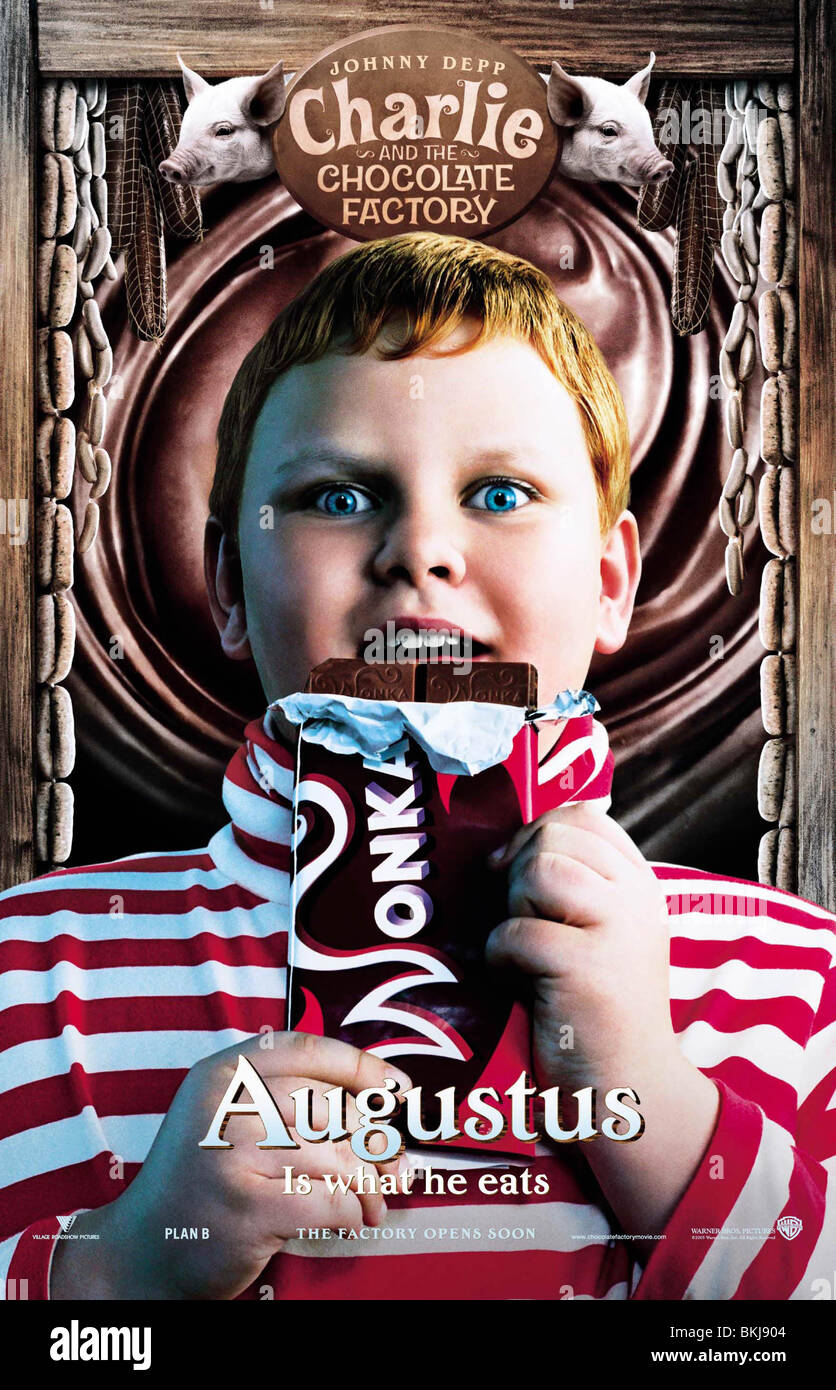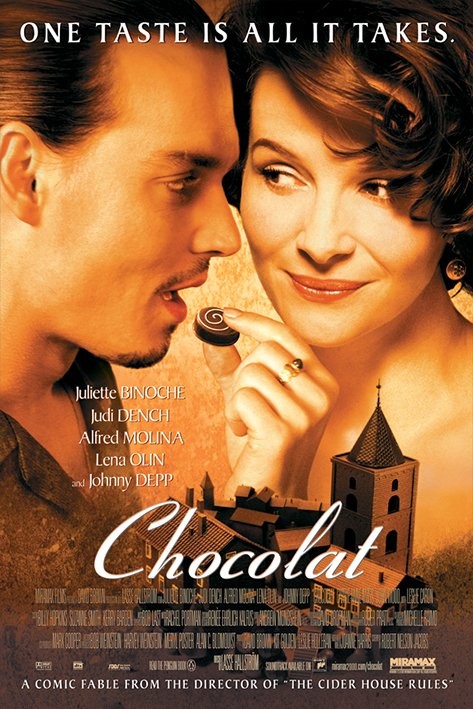Can a single film truly capture the multifaceted essence of deception, crime, and the human condition? The 2005 cinematic landscape was marked by two films sharing a title, Chocolate, each offering a distinct exploration of suspense, intrigue, and the allure of the unknown.
The year 2005 saw a curious convergence in the world of cinema, with two films, both titled Chocolate, vying for the attention of audiences. One, a Hindi-language crime thriller directed by Vivek Agnihotri, and the other, a fantastical family adventure helmed by Tim Burton, both managed to capture the zeitgeist in their own unique ways. The former, a gritty and suspenseful narrative, drew inspiration from the neo-noir classic The Usual Suspects, while the latter offered a whimsical escape into a world of pure imagination. These two films, despite their shared name, presented starkly different cinematic experiences, yet both managed to resonate with viewers in their own right. The coincidence highlights the diverse and often unpredictable nature of the film industry, where thematic overlaps and unexpected parallels can emerge. The films offer an interesting study in how the same title can be used to represent two entirely different stories and approaches to storytelling.
| Feature | Details |
|---|---|
| Film Title | Chocolate (2005) |
| Director (Hindi) | Vivek Agnihotri |
| Lead Actors (Hindi) | Anil Kapoor, Sunil Shetty, Emraan Hashmi, Irrfan Khan, Arshad Warsi, Tanushree Dutta, Sushma Reddy |
| Genre (Hindi) | Crime Thriller |
| Inspiration (Hindi) | The Usual Suspects (1995) |
| Director (English) | Tim Burton |
| Lead Actors (English) | Johnny Depp, Freddie Highmore, David Kelly, Helena Bonham Carter |
| Genre (English) | Fantasy Adventure |
| Runtime (English) | Approximately 1 hr 55 min |
| Synopsis (Hindi) | A crime thriller following the aftermath of a heist |
| Synopsis (English) | The story of a poor boy who wins a golden ticket to tour a magical chocolate factory |
| Availability | Available for streaming and purchase on various platforms; check Reelgood for details |
| Reference | Wikipedia |
Vivek Agnihotri's Chocolate, a Hindi crime thriller, delves into the murky world of intrigue, drawing heavily on the narrative structure of The Usual Suspects. The film, a directorial debut for Agnihotri, boasts a compelling cast including Anil Kapoor, Sunil Shetty, Emraan Hashmi, and Irrfan Khan, among others. It unfolds against the backdrop of post-9/11 London, where a Christmas Eve explosion and a subsequent daring robbery set the stage for a complex investigation. The film's plot is characterized by its suspenseful twists and turns, as the police, grappling with the aftermath of the attacks, begin to suspect two East Indian men, PP and Sim, of orchestrating the heist. The narrative employs a non-linear approach, keeping viewers guessing until the very end.
The film's thematic exploration of crime, deception, and the complexities of justice is noteworthy. It navigates the aftermath of tragedy, exploring the human impact of terrorism while simultaneously presenting a crime narrative. The film is not merely a crime thriller; it's a study of suspicion, prejudice, and the consequences of violence. The echoes of The Usual Suspects are clear, as the story is built around an unreliable narrator, leading the audience on a captivating chase to uncover the truth. The film's use of flashbacks, red herrings, and carefully crafted character interactions keeps the audience invested and forces them to reconsider their assumptions at every turn.
The contrasting experience, Charlie and the Chocolate Factory, directed by Tim Burton, offers a very different taste of the same year. This adaptation of Roald Dahl's beloved children's book takes viewers into a vibrant, whimsical world of pure imagination. Starring Johnny Depp as the eccentric chocolatier Willy Wonka and Freddie Highmore as the kind-hearted Charlie Bucket, the film provides an escape into a world of sugary delights and moral lessons. The film's visual style, a hallmark of Burton's work, is characterized by its gothic, slightly macabre aesthetic, juxtaposed with the bright, candy-colored landscape of Wonka's factory.
Burton's interpretation of the story is both faithful to the source material and infused with his distinctive artistic vision. The film doesn’t shy away from the darkness that lies beneath the surface of Dahl's tale, exploring the darker side of human nature. The Oompa Loompas, brought to life with Burton's signature style, add a touch of surrealism. The film is a visual feast, rich with creativity and detail. While the original story has a strong moral core, the film uses its elaborate imagery and quirky characters to explore themes of greed, self-centeredness, and the importance of family, while providing a visual spectacle.
The divergence in genre and tone between the two Chocolate films highlights the remarkable versatility of cinema and its capacity to address diverse audiences. The Hindi-language crime thriller caters to those interested in complex narratives and suspenseful storytelling, whilst the English-language fantasy caters to those seeking a playful, visually striking experience. The juxtaposition of these two films exposes the broad spectrum of cinematic expression, from the gritty realism of crime dramas to the imaginative worlds of fantasy.
The availability of both films, through various streaming services and purchase options, makes it convenient for audiences to experience these contrasting cinematic offerings. Websites like Reelgood provide comprehensive guides on where to watch these and other films, ensuring accessibility. The critical reception of the films has varied. The Hindi film was met with mixed reviews, and the English-language version, which was released at the same time, was met with generally positive reviews. These contrasting reception reflect the inherent subjectivity of art and how the appeal of a film can differ based on individual taste and expectation.
The legacy of these two films extends beyond their immediate release. Chocolate, the Hindi thriller, offers an intriguing case study in adapting a classic narrative structure to a different cultural context, while also showcasing the talents of a notable cast. Charlie and the Chocolate Factory solidifies Tim Burton's reputation as a visual master and a purveyor of unique stories, securing a place in pop culture for its memorable characters and visuals. The films, though different, both managed to leave their mark on the cinematic landscape of 2005, providing audiences with two distinct and memorable experiences.
Ultimately, the story of the two Chocolate films of 2005 serves as a reminder of the diverse nature of cinematic storytelling. The existence of these two films, sharing a name, and yet offering such different experiences, is a testament to the boundless creativity of the film industry. The films are a celebration of the power of stories to captivate and to reflect the many facets of the human experience, whether they be dark, mysterious, full of joy, or whimsically imaginative.



